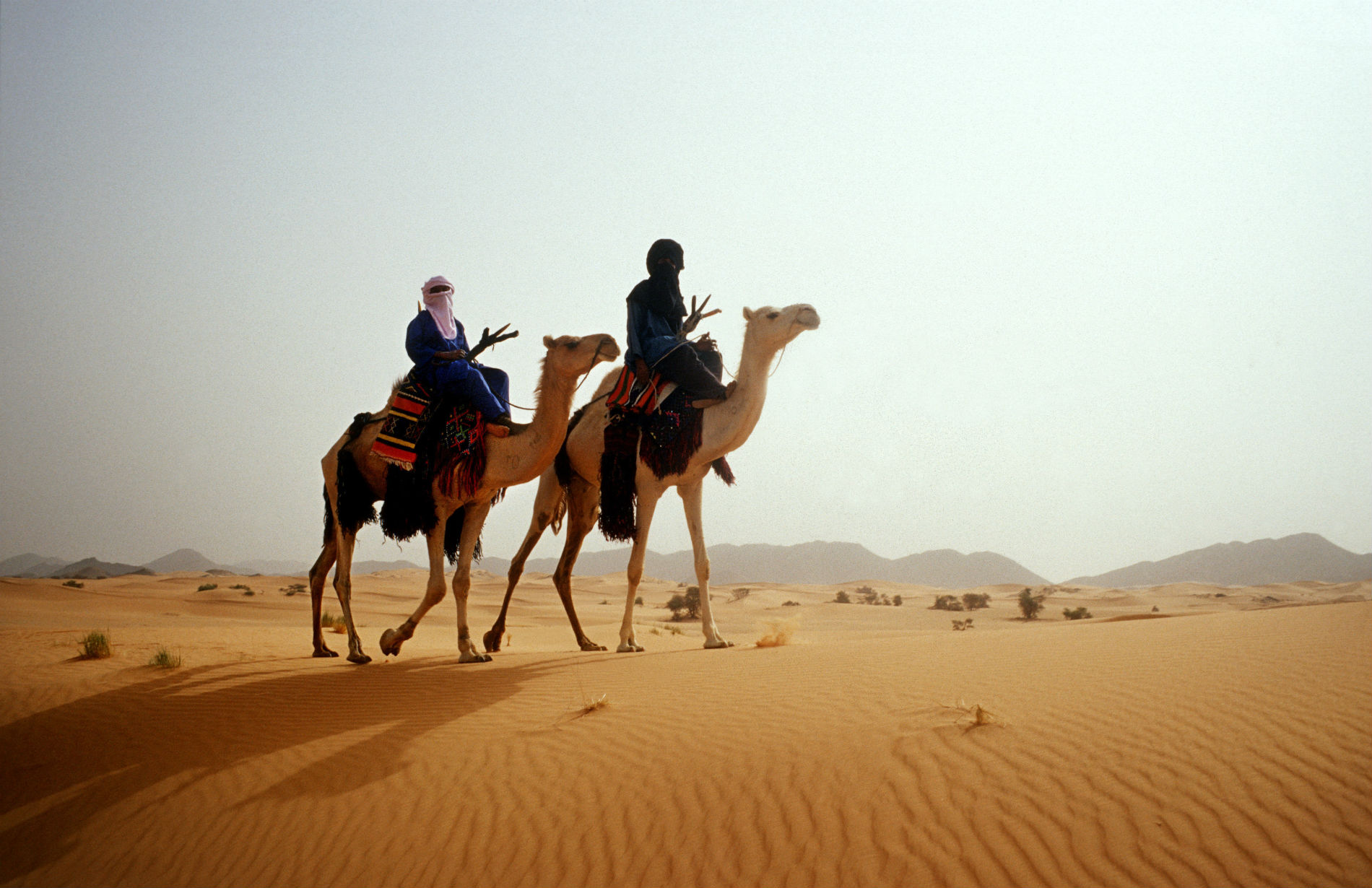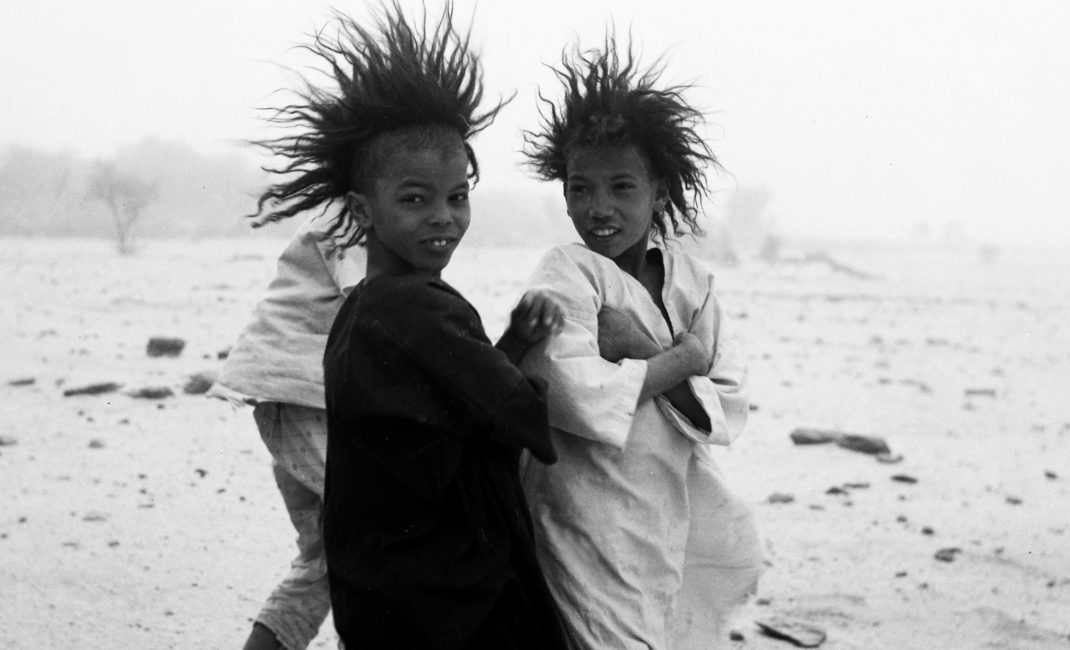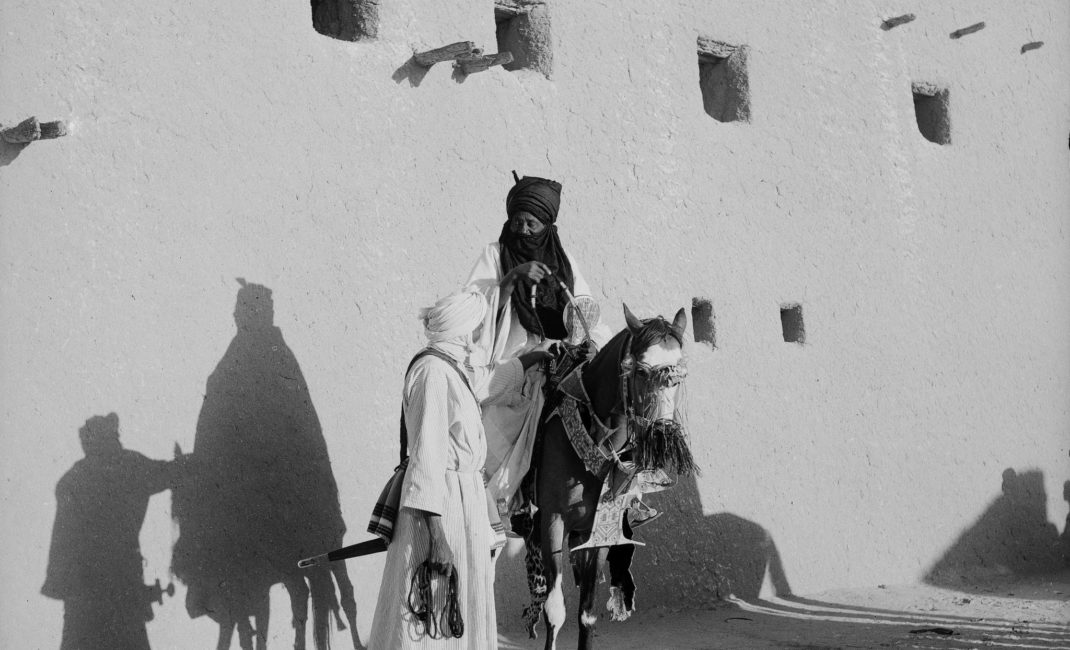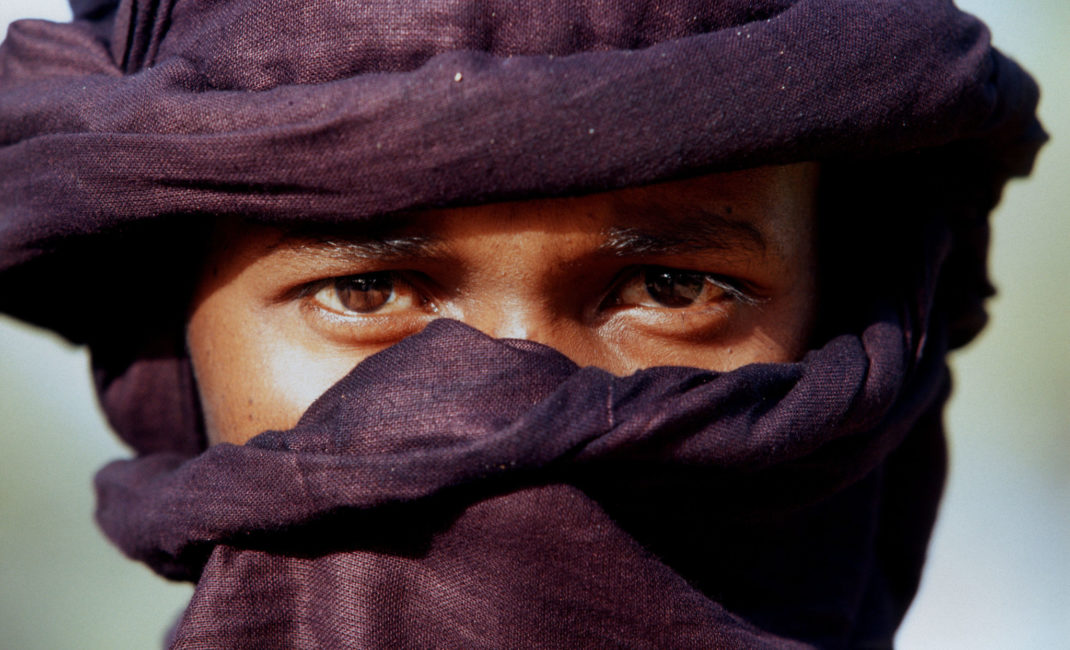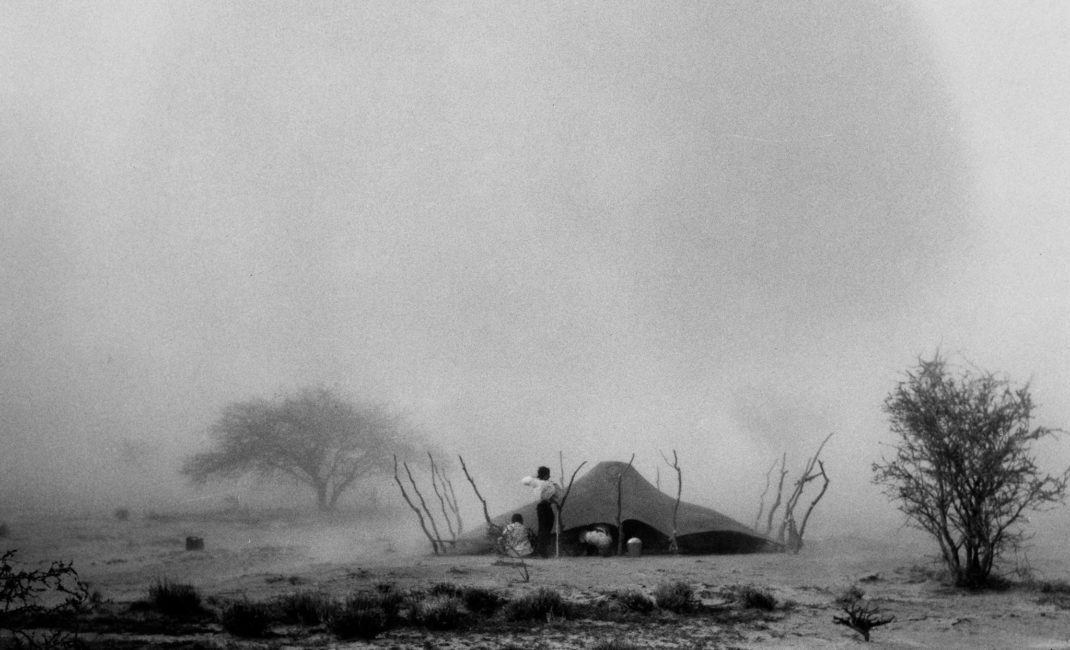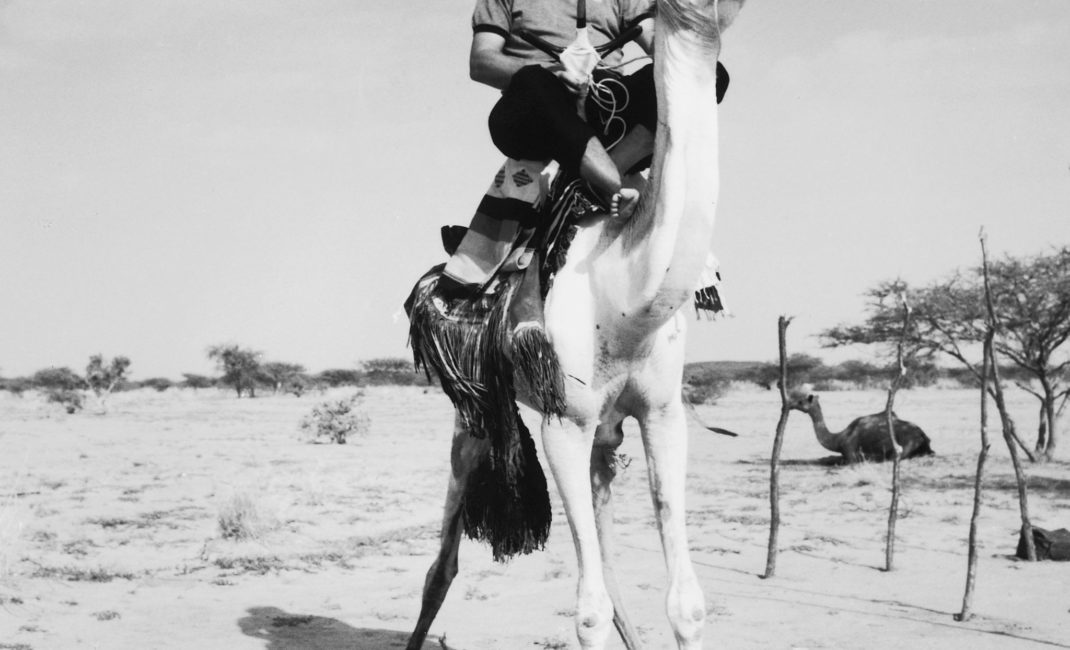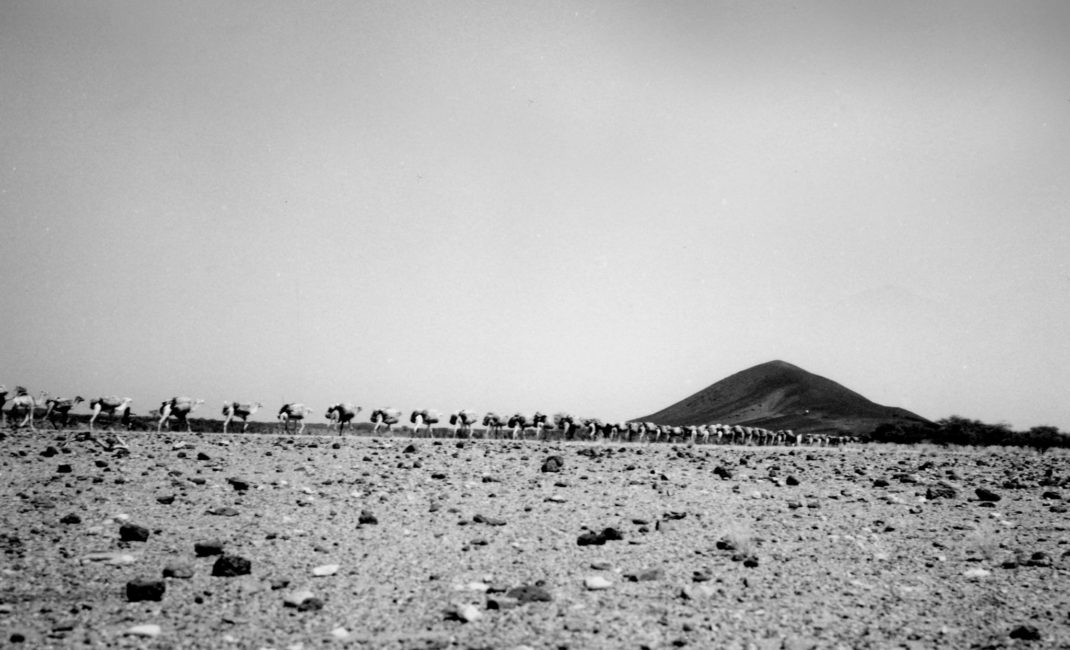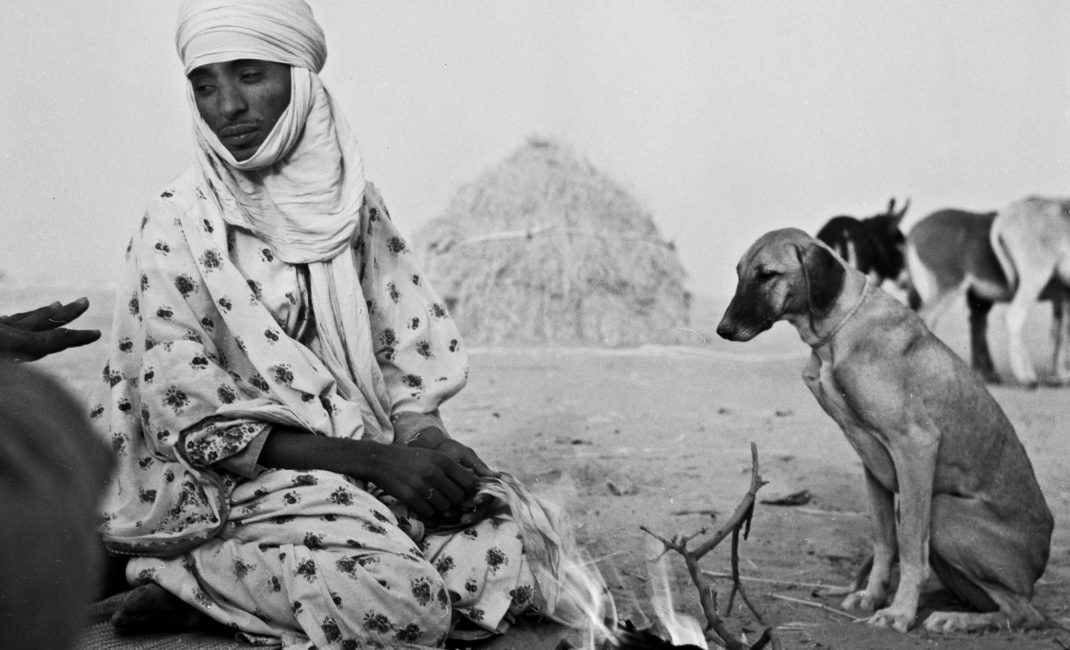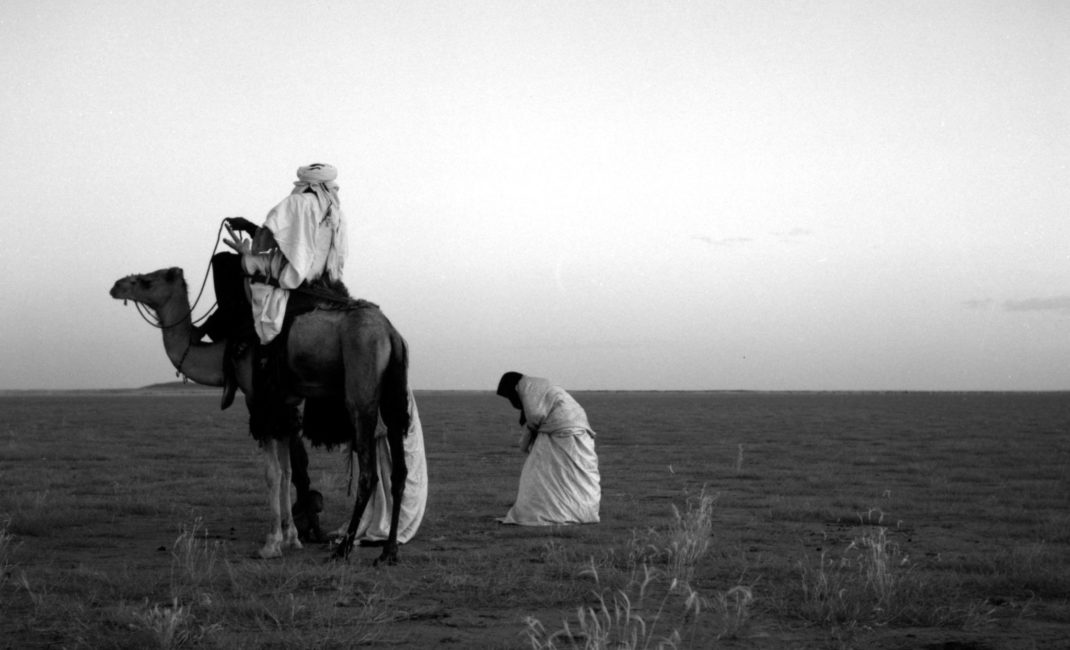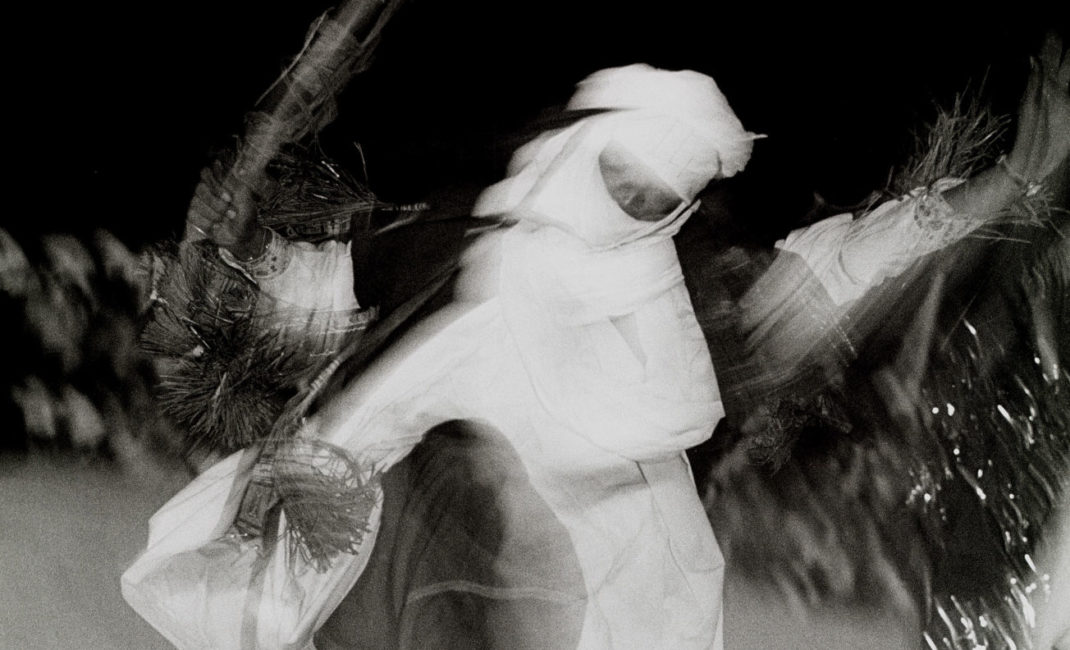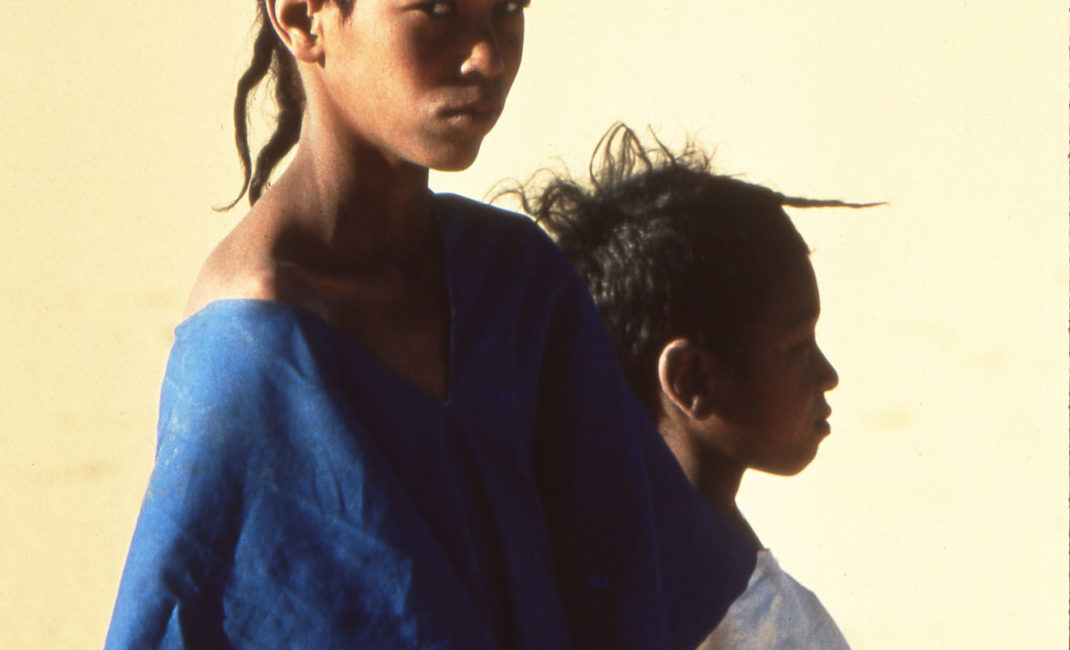Henrietta Butler’s latest book The Tuareg or Kel Tamasheq: the people who speak Tamasheq is timely. It’s a glimmer of insight into a particular group of the Sahel, a place crucial to migratory routes to Europe, as well as a developing theatre for Al-Qaeda in the Islamic Maghreb and West African jihadi groups.
The book is a collection of essays, poems, art, photographs, old manuscripts, letters and notes from early explorers, all documenting the life of the Tuareg, a nomadic people of western and central Sahara, who live in Algeria, Mali, Niger and western Libya.
The compelling illustrated history touches upon European exploration, colonialism, Tuareg science, language and culture. All of which improves our understanding of the unfolding events in the Sahara, whether the advance of the fundamentalist group Ansar Dine in Mali in 2012, France’s intervention in Mali, the geopolitical implications of Gaddafi’s removal, the effect of a sudden increase in weapons in the Sahel or the journeys taken by refugees and migrants to Europe.
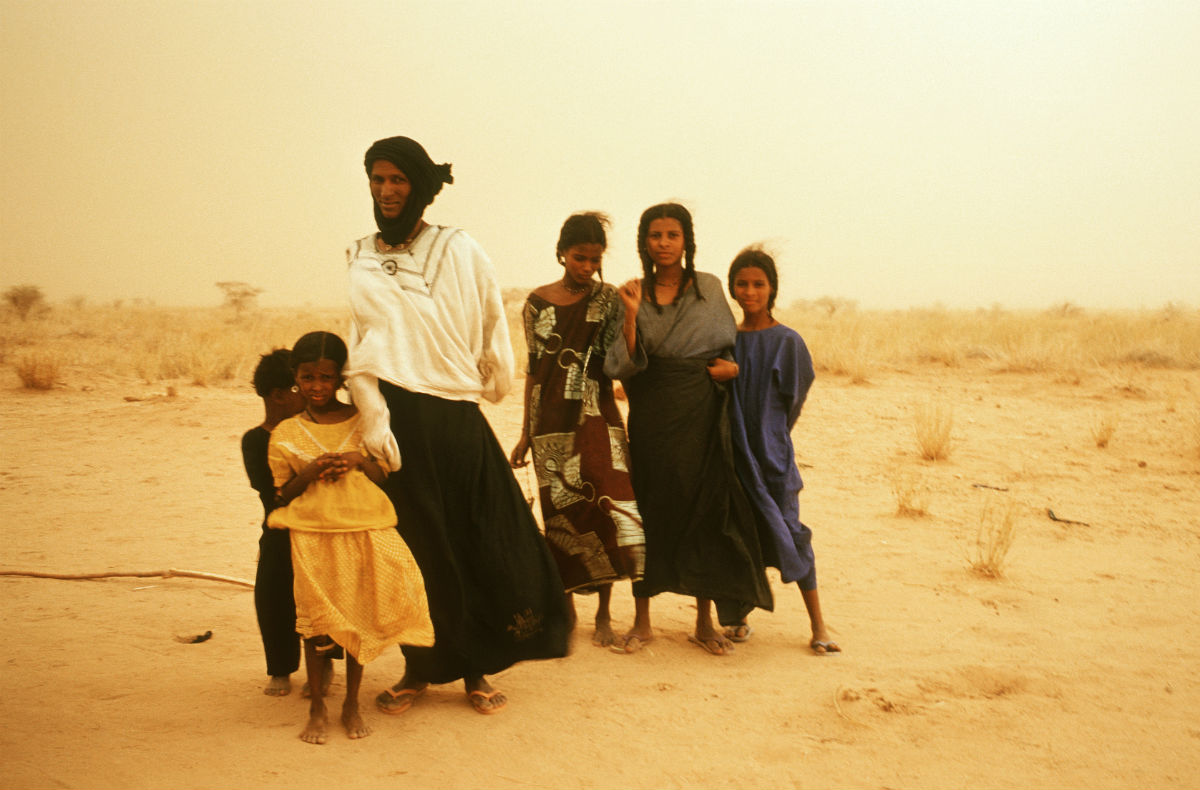
Family ©Henrietta Butler
I started thinking about the desert in early 2011 when I met a boy named Abdoulaye Bah who showed me a short video on his mobile phone. It was horrifying. The 19-year-old had shot the footage while undertaking a migratory journey that involved crossing the Sahara through Mali, Algeria and Morocco from his home in the Republic of Guinea. His journey ended with him clinging to the sides of a small rubber dinghy with three others. They floated towards the Spanish enclave of Ceuta, a small town which lies between the Mediterranean Sea and Atlantic Ocean, and shares borders with both Africa and Europe.
Abdoulaye was scared in the dinghy but his biggest fear was of being left to die in the desert. That’s why he kept the film clip of dead bodies rotting in the Sahara. Stiff limbs burnt black by the sun. Empty eye sockets. One skeleton, still covered thinly, looks as though he was in prayer as life seeped from him in the desert’s suffocating heat. “I am passing very hard travel. I don’t have the words to explain to you. You meet many different people who want to kill you. If you don’t have money to give them, they think you are lying. Some people will leave you in the desert. If they leave you there you don’t have a chance. More than 4,000km – all you see is desert.”
The desert. The Sahel. Refugees and migrants in Italy, France and Spain, whether they had travelled through Sudan, Libya, Mali or Morocco all knew the fear of the desert. Carried not by camels, but juddering range rovers packed with too many human bodies. The slow, weak or cash poor left to their fate. It was easy to cross borders, but along the way bandits, smugglers, border guards, guides all demanded cash. To me it seemed a place of mystery and terror, ungovernable, where the fate of those washing up on the shores of Europe was decided. If you made it through the desert, made it to the beaches of Libya or Morocco, where the promising sands of Europe seem astonishingly close, why wouldn’t you get in the boat? To understand migratory flows to Europe, we must understand what happens in the desert.
Yet, in 2011, all analysis and public debate around clandestine migration routes used by both asylum seekers and ordinary migrants focused on European borders. When talking about immigration to Europe, even when discussing peoples fleeing conflict, there was a sense that people began their journeys at Europe’s borders. British politicians could only think as far as Calais; Greece’s beleaguered Pasok government built a fence along its land border with Turkey; France closed refugee camps and Italy sent refugees back to Gaddafi and everyone deported people back to Greece. All the time the lucrative business of the Sahel continued undisturbed; people paid to move and were moved.
This would soon change. A week or so before I met Abdoulaye in Spain in 2011, people across the Middle East and Africa began to revolt and the events that followed would have explosive repercussions for the Sahel, and eventually for Europe. After two or three years, Syrian refugees travelling through Greece and Bulgaria to find relatives in Europe, would turn to Libya (both Greece and Bulgaria reinforced borders and built fences against refugees). Existing migratory routes made that journey more feasible, even with the risk of the Mediterranean Sea. When Libya collapsed, and NATO launched a military intervention, migratory routes were disturbed again. Thousands of migrants and refugees fled Libya, they packed into boats headed for Sicily. Hundreds would drown, others survived, travelling by foot and rail to Germany, France and England. Many camp in the scattered forests along the motorways of northern France, waiting for the chance to stow away to England.
Wherever these migrant journeys end, exploring the desert, its peoples and their history, is a vital part of understanding how and why they those journeys are made.
In 1890, the French and the British carved up swathes of West Africa, including parts of the Sahara, and the then British prime minister Lord Salisbury joked about giving the French “more sand than it can count”, let them “scrape around in it”. For the next three decades Tuareg tribes or ‘Kels’ would violently resist French rule in skirmishes across the Sahel region. There were moments of French weakness during the First World War, but by the 1920s the Tuareg were mostly subjugated.
The Tuareg documents this period, as well as the age of British and French exploration in the Sahara before it, in a revealing collection of maps, letters, newspaper reports and journals. To take the Sahara and plunder its sands, conquering the Tuareg was essential. A splatter of thin red lines across one 19th century map reveal the men sent to sound out the region. Dickson 1852-1854. Laing 1822. Caille 1827. They roamed Tripoli, Timbouktu, Niger. Few survived.
But the true richness of the book comes when the Tuareg themselves narrate their histories through their oral traditions of poetry and music, and from the symbolism imbued in the work of Tuareg blacksmiths and artists.
Culturally the Tuareg are one people, but in reality the tribe moves across six countries and 3 million kilometres of the Sahara. Tuareg in Niger are politically distinct to Tuareg in Mali. In the years after the First World War and leading up to the independence of various Sahel states in the sixties, this would become significant.
From the 1930s onwards French officers worked with the Tuareg, building on their knowledge of the arid landscape and pastoral skills. Later European enclaves of geologists, meteorologists and prospectors sprung up in places like Tamanrasset in southern Algeria. These explorers carried home stories of the noble mysterious tribe, where men wore colourful veils and women went bareheaded.
In the French mainland these articles and books full of exoticism completely intrigued the public at large. The Tuaregs were then represented as veritable knights of the desert; this myth would endure for many years to come. Unfortunately, the image of the handsome Tuareg veiled in blue on his white mehari … hid a less romantic reality. They were a people dominated and side-lined from the outside world, a world which was changing rapidly and from which they would also be excluded.
Algerian-born photographer and author Jean-Marc Durou, quote from The Tuareg or Kel Tamasheq: the people who speak Tamasheq
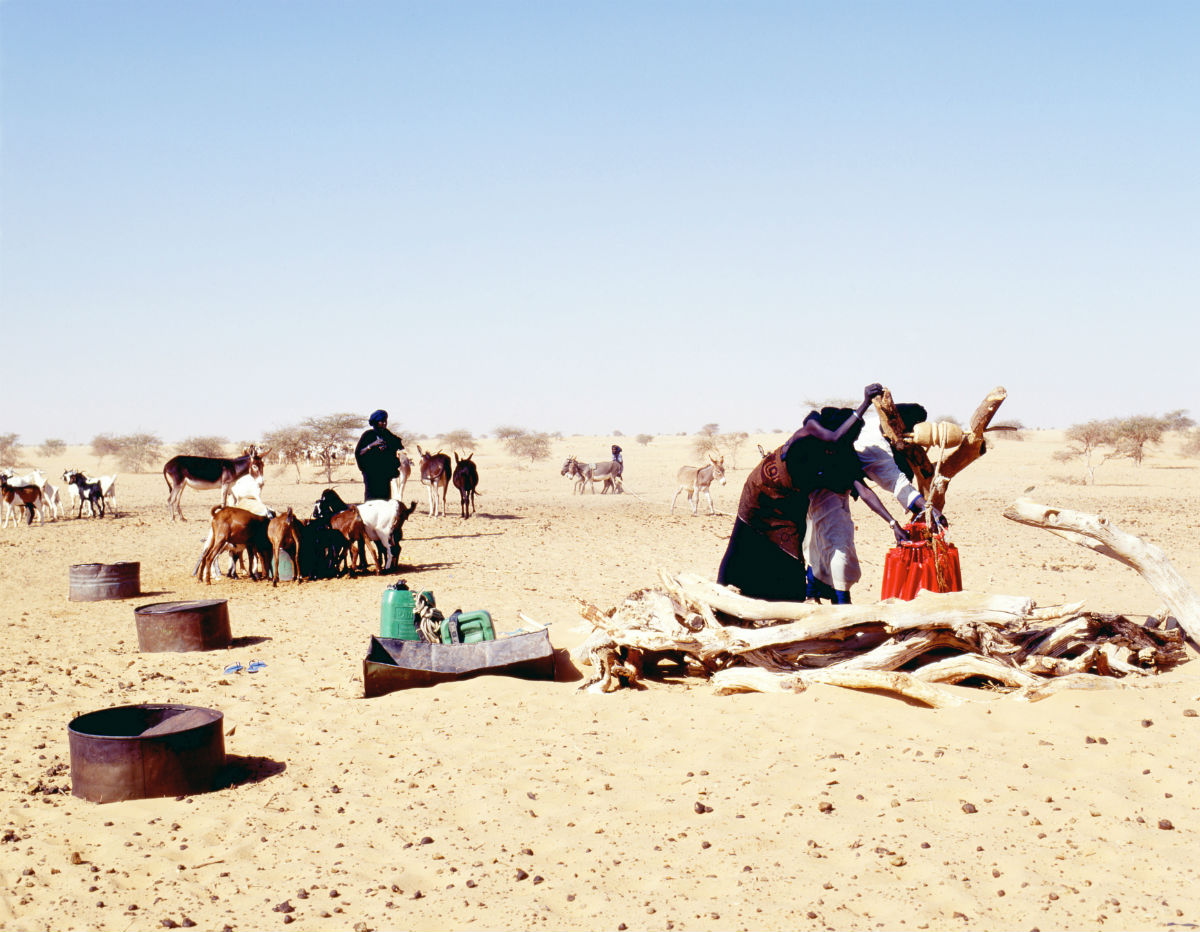
Well – water of life ©Henrietta Butler
The truth was that the division and borders France created to govern its north and West African colonies impeded the Tuareg’s nomadic existence and made it difficult to survive on trade and to continue pastoral activities across borders. Tuareg tribes became increasingly impoverished, relying on a skeleton of their old way of life and new waves of tourism.
When independence came for countries like Algeria, Niger and Mali, the Tuareg barely featured in negotiations. In 1958 Tuareg and other nomad chiefs and leaders from the Niger River Bend, Timbuktu, Gao and Goundame wrote to the French president opposing their inclusion in any Independence settlement with a “federalist system of black Africa”.
“Our interests and our aspirations can in no way be defended when we are attached to a territory largely represented and governed by a black majority whose ethnicity, interest and aspirations are not the same as our own.”
According to the French historian Pierre Boilley, this, and France’s last minute effort to create a Saharan super-state (to be controlled from Paris to give the government there access to newly discovered oil and minerals), stoked tension between the Tuareg and the Independent states. The newly emancipated Mali reigned terror on the Tuareg in the decade after Independence, crushing rebellions, killing livestock and violently policing the population. Further tragedy befell the Tuareg during the droughts in the 1970s and 80s which led to the loss of thousands of cattle.
“Without livestock, without livelihoods or work, thousands of young Tuareg (many of whom would become known as Ishumar), left to try their luck in Algeria or, above all, Libya, the rich and welcoming Eldorado of Oil,” writes Boilley in the Tuareg. “Muammar Gaddafi was quick to see the advantage and opened recruitment of the youngsters to serve in is foreign wars, which stretched from Chad to Palestine. It was the opportunity for these ishumar not only to train militarily, but also to organise themselves politically, and clandestinely, for a new rebellion designed to break the political and economic marginalisation of the Tuareg.”
After the first post-independence Tuareg rebellion in northern Mali in 1962 many Tuareg migrated to Algeria and Libya. In exile the nationalist narrative of the Tuareg took hold and influenced a generation of activists who returned to Mali in the 1990s to mount another rebellion. They combined with other Arab nomads to create the movement for the Azawad peoples. A separate fight for self-determination began in Niger, which was distinct from the better-known Mali Tuareg movement. Despite peace agreements in 1991 and 1995, where the Malian government promised greater powers for nomad communities, fighting broke out again in 2007.
It was from these earlier self-determination struggles that the National Movement for the Liberation of Azawad (MNLA) was borne. This was was a diverse mix of mostly Tuareg and Arab nationalist groups. As illustrated by the cables written by US officials in Bamako, Mali in 2008 (revealed in US diplomatic cables published by Wikileaks in 2011), there were fractious divisions within this group, some dating as far back as the first rebellion against the Malian government in 1962 where Tuareg leaders disagreed on a strategy for self-determination.
Up till Libya’s collapse, the various Tuareg rebellions, though well trained by Gaddafi and politicised in exile, were starved of funds and arms. When Libya descended into civil war, Tuareg exiles were at risk; though Gaddafi recruited them into the army, they were denied national identity cards and politically marginalised. (In Ubari, in south-western Libya, settled Tuareg are fighting with the Tebu tribe over control of land.) But after Gaddafi’s fall, weapons were easy to come by in the Sahel. In the so-called la passe de Salvador, a small area where the borders of Libya, Niger and Algeria intersect, an illicit trade in arms, people and drugs has flourished.
In April 2012, the MNLA in coalition with several Islamist groups (AQIM, Movement for the Unity of Jihad in West Africa and Ansar Dine, a Tuareg-led fundamentalist group with routes in the MNLA) stormed northern Mali and overthrew the government. (Some analysts argue that elements of the religious fundamentalist groups in Mali had their routes in the Algerian civil war of the 1990s, when political Islam began to thrive in that country.)
In the months following the coup, Tuareg and Arab nationals splintered from their fundamentalist partners and began to work again with the former Malian government, which still controlled the south and the capital Bamako. These events and further Ansar Dine attacks led to the eventual French military campaign in January 2013.
Last month, Tuareg-led rebels signed a UN-brokered agreement with the Mali government for “peace and reconciliation”. Meanwhile, Tuareg-led Ansar Dine still controls large swathes of the desert in northern Mali and along with it key people smuggling routes.
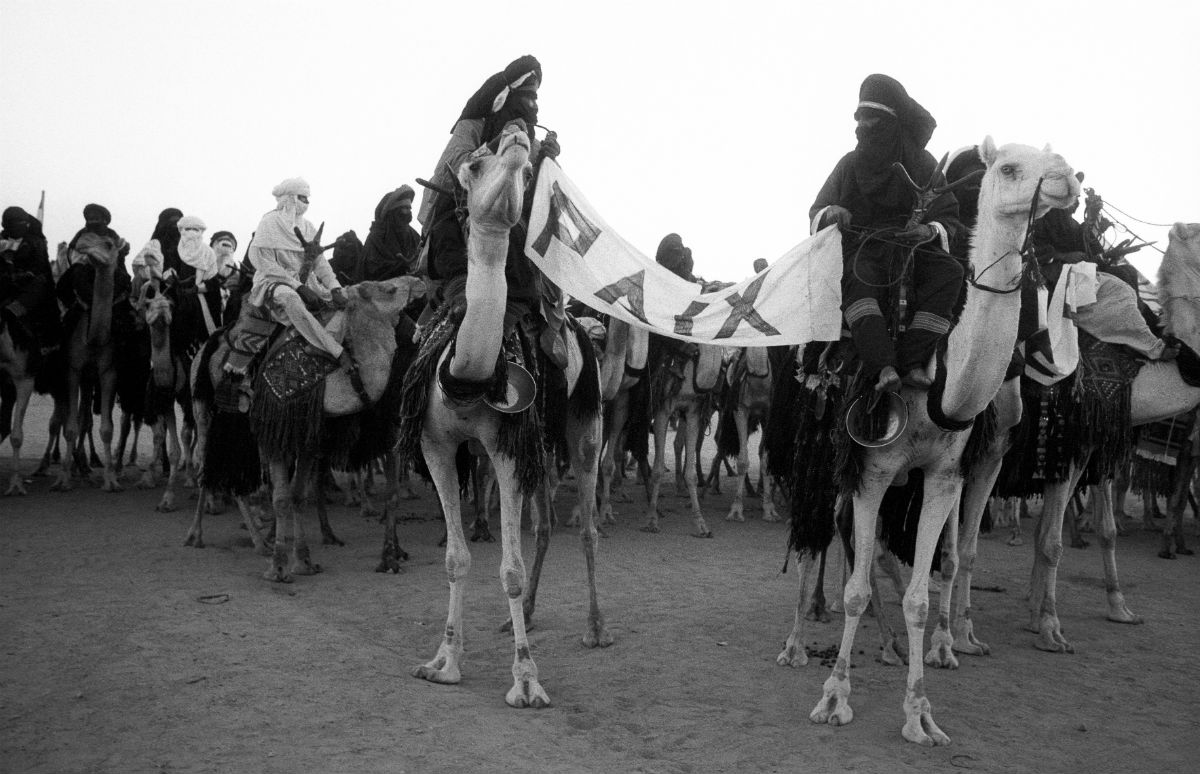
Peace ©Henrietta Butler
Henrietta Butler has been thinking about the desert for more than a decade.
Butler first met the Tuareg in Niger while a photographer for the Guardian and has since travelled with the Tuareg in Algeria and back again to Niger several times. Speaking at an event held at the Royal Geographic Society in London where she curated an exhibition of photographs and artefacts included in The Tuareg, Butler says her aim is partly to showcase the beauty and tradition of Tuareg culture, but also to convey the challenges they face as they find themselves at the heart of a global conflict not of their making.
What the book also does is provide an image of the people stuck at the heart of regional and international battles for sovereignty, the lingering effects of colonialism, the challenges of religious fundamentalism and environmental damage. A series of images taken in Arlit, a small industrial town in Niger, where, according Butler’s work, French nuclear company Aveeva has been mining uranium for 40 years. The profits from the mine mainly benefit Niger’s government and international businesses. The water pollution and radioactive dumping is something only the locals contend with. The town itself is poor and made up of Tuareg people who moved there in the 1960s after being displaced from elsewhere.
The story of the Tuareg is a small slice of the wider, complex politics of the Sahel, essential to our understanding of the migratory routes through the desert to the Mediterranean. Recently Newsweek published an intricate investigation revealing that Italian police investigating the mafia in Sicily had begun to uncover the billion-dollar people smuggler networks spanning the Sahel, Somalia, and into Europe. The story draws Europe closer to the people who travel here to seek asylum and work. Earlier this year, European politicians drew up vague plans to destroy boats and take in a handful of Syrian refugees to alleviate the crisis in the Mediterranean. Yet civil war rages across the Sahel, people move against a complex backdrop of geopolitics. Destroying boats in Libya won’t stop people moving, it’s also likely they’ll turn west to northern Mali, to Morocco and to Ceuta, where I met Abdoulaye Bah, just a few miles from the Spanish coast.
